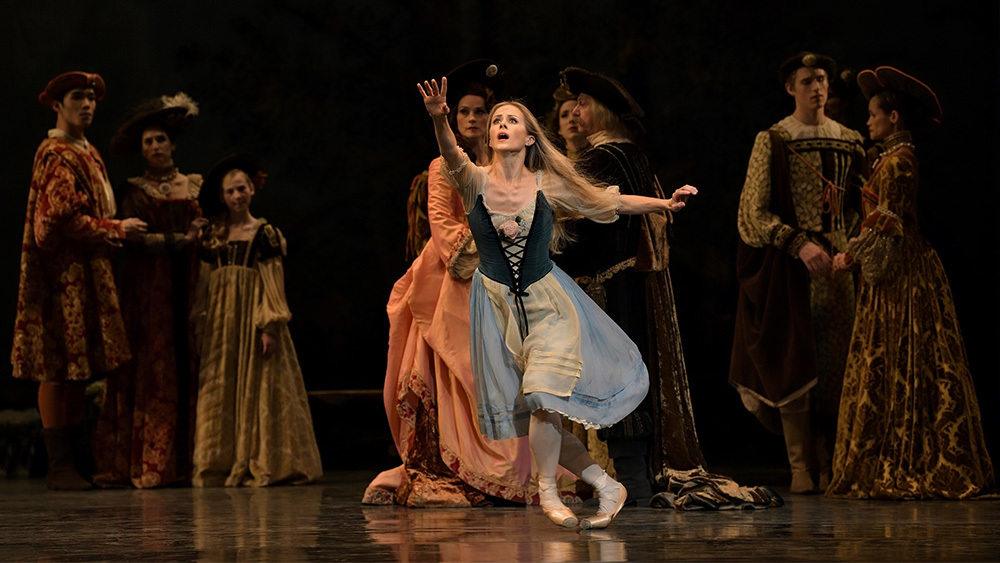Giselle: The Ballerina’s Hamlet
By Caroline Dickie

Giselle’s transformation is profound even by the standards of legacy ballet, where myth and legend reign. She goes from young love to emotional breakdown, suicide and reluctant membership in the spectral troupe of Wilis before the second act even gets going. Her love, loss and sense of justice around Albrecht drive the ballet’s psychological drama and she is equally central to the action, with its heights of romance and revenge. The weight of that challenge, as a measure of the ballet’s complexity, led the critic Cyril Beaumont to conclude that Giselle is the Hamlet of ballet.
The Italian dancer Carlotta Grisi was the first to perform Giselle at the Paris premiere in 1841, with choreography by Jean Coralli and Jules Perrot. Today, most versions of Giselle derive from Marius Petipa’s revivals, set to a score by Adolpe Adam and featuring several hallmarks of Romanticism, such as the idyllic view of country life in Act I and the connection with the supernatural in Act II. Giselle, like Hamlet, has also inspired unique stagings that benefit from the ballet’s resistance to a single meaning or view – a quality the title character embodies.
Much of the drama in Giselle is interior, existing more in hearts and minds than external events. In Sir Peter Wright’s staging, the event of greatest consequence is Giselle’s suicide, when her private desperation crashes into the public domain. The shock of that moment is amplified by the enigma of the breakdown preceding it. When Giselle learns that Albrecht has deceived her, she chases visions only she can see, plucking petals from an imagined flower and reenacting her courtship in a fragile dance of one. This pivotal scene has been a testing ground for generations of dancers, giving rise to many famous interpretations.
The mystery of Giselle becomes literal in Act II when she enters the spirit world as a Wili. The very act of dancing that once expressed her love is now a threat, as the Wilis bear down to dance Albrecht to death. Caught in this contradiction, Giselle alternately dances with Albrecht and spares him from dancing, enacting a push and pull that again recalls Hamlet, who comes to rail against his beloved words for imprisoning him in inaction.
Like Hamlet, Giselle is a work of secrets – of hidden identities, interlopers, spying, ghosts and betrayal. Both dwell in questions more than certainties, tilting on an access of love and revenge. With the added demand for pristine technique and stamina, the title roles are endlessly inspiring to the artists who reveal them to us in new ways.
Heather Ogden in Giselle. Photo by Michael Slobodian.